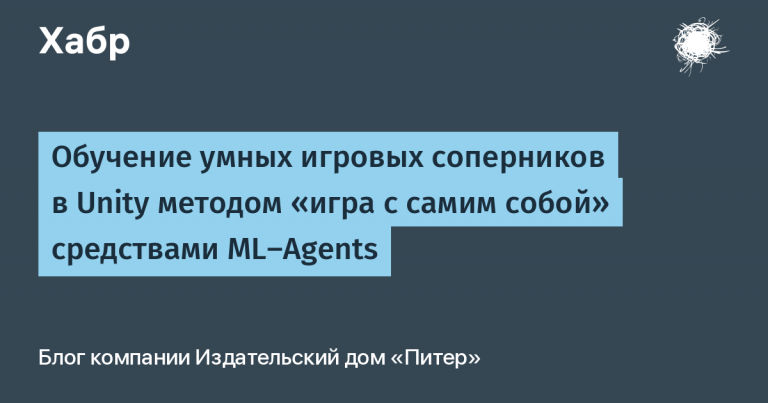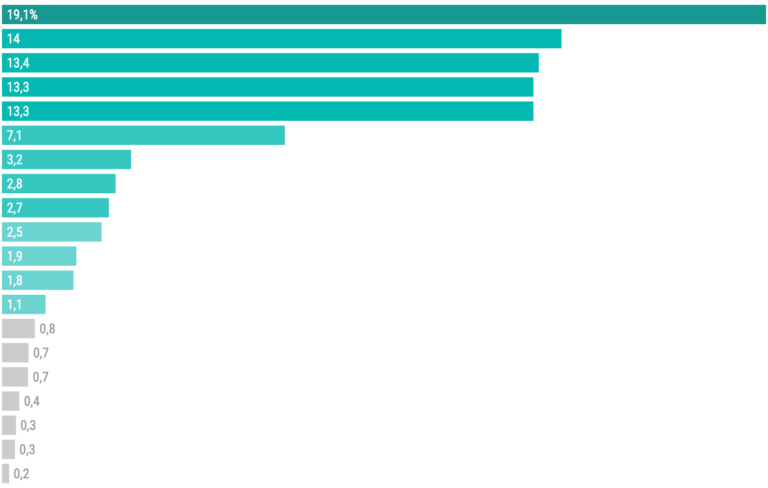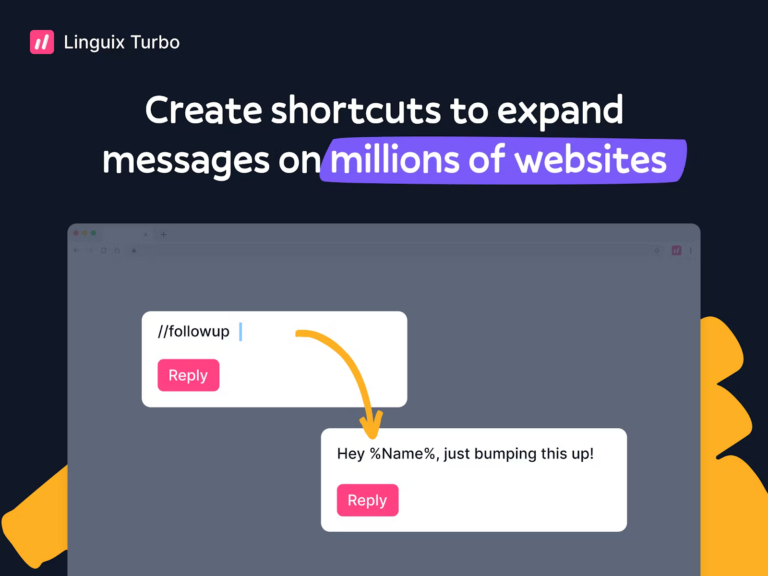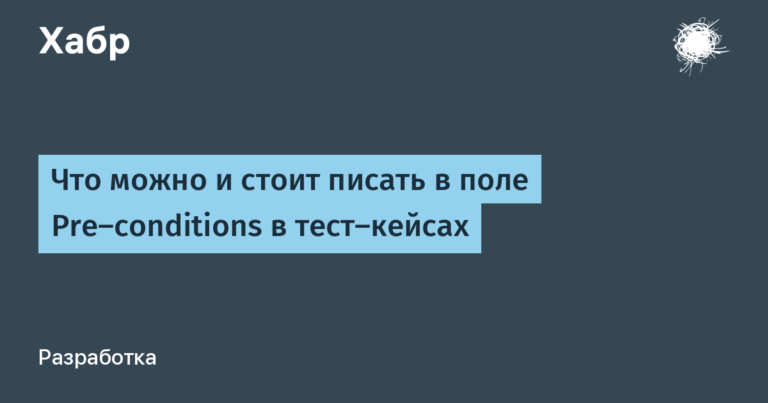WHOW – Markup Language (“WHat-WHy-HOW”)
If you ask the question why semantic technologies have not yet widely stepped into the masses, the answer will appear on the surface: due to the complexity of the existing implementation. It is difficult to create a unique identifier for an object or to find an identifier of an object class in dictionaries, it is also difficult to describe object properties – these Schema.org, Dublin Core, etc. are not understandable and alien to the common person. A simple, even primitive tool would be needed – for entertaining semantics to become a mass phenomenon. And, of course, there is such a tool – these are the usual questions of natural language: what, why, how? – etc.
Let’s say we wanted ice cream declare, for subsequent machine processing, that the popsicle is ice cream. If we use an RDF-like notation, we get something like this:
– where the identifier of the “is-a” property is a URL that refers to an entry from an online dictionary.
Is it convenient? No. For each statement, we need to look for the address of the description of this property in specialized dictionaries. Will an ordinary person do this? No! .. And how do you like this version of the same statement:
Such a semantic construction can be made by almost everyone you meet, and even in this form it will already be useful for search engines. In order for our record to become an “honest semantic triplet”, it is necessary to explicitly mark object # 1 (the so-called “subject”) of this statement, for example, like this:
or, for example, in English:
So far, this is only a semantic link between two literals. In the English version, moreover, we got a semantic collision, since eskimo in English is, first of all, nationality. However, let’s go further:
We have now tied the term “popsicle” to the URL of the corresponding description on Wikipedia to clarify which popsicle is being spoken about, that is, what we mean by that word. In this case, however, it is not entirely clear why we should assert that ice cream is ice cream, but not the essence. The construction “% 1”, which is a bit like a format specifier in a formatted output string, when attached to a literal term inside an interrogative sentence (if this literal consists of several words, it can be separated by apostrophes), on the one hand, it will serve as an indication to the object of the utterance, on the other hand (not necessarily) – by a link with the corresponding refinement of this object. The qualifier can be either another literal or a URI. The URI, in turn, can consist of a URL and / or URN / CID. The answer to the question can also be either a literal or a URI, so we can write it like this:
is a simpler statement that links a term to a description. In the first case, we could supplement the Wikipedia article with our information about the popsicle:
or:
– where URI2 is our appendix to the wiki article.
A question line can include more than one utterance object:
or:
If the question word is declining, the corresponding tag is not:
– this way you can mark anything: individual blocks of an HTML page, URN of a book (its ISSBN), CID of a video clip ,,,
The main question words in many languages have clear correspondences with each other, so WHOW is essentially multilingual. That is, you can mark up in your native language, and with automatic processing, all this can be translated to a single (English, as common) syntax. Subsequently, thesauri of interrogative sentences can be created, according to which essentially identical questions, spelled out in different forms, will also be automatically reduced (with one or another weight coefficient of reliability) to unified samples (including from other languages of this markup), indexed in the database.
This type of markup, in binary form, can be applied in the so-called “concept” files that we talked about here.
Well, and so on … I probably invent the bicycle, so I ask everyone who knows similar semantic markup languages to share links to information about them.
PS: In the Russian version, the WHOW markup language can be represented as YAR CHPOK (Markup Language “What-Why-How”). Please love and respect!)




